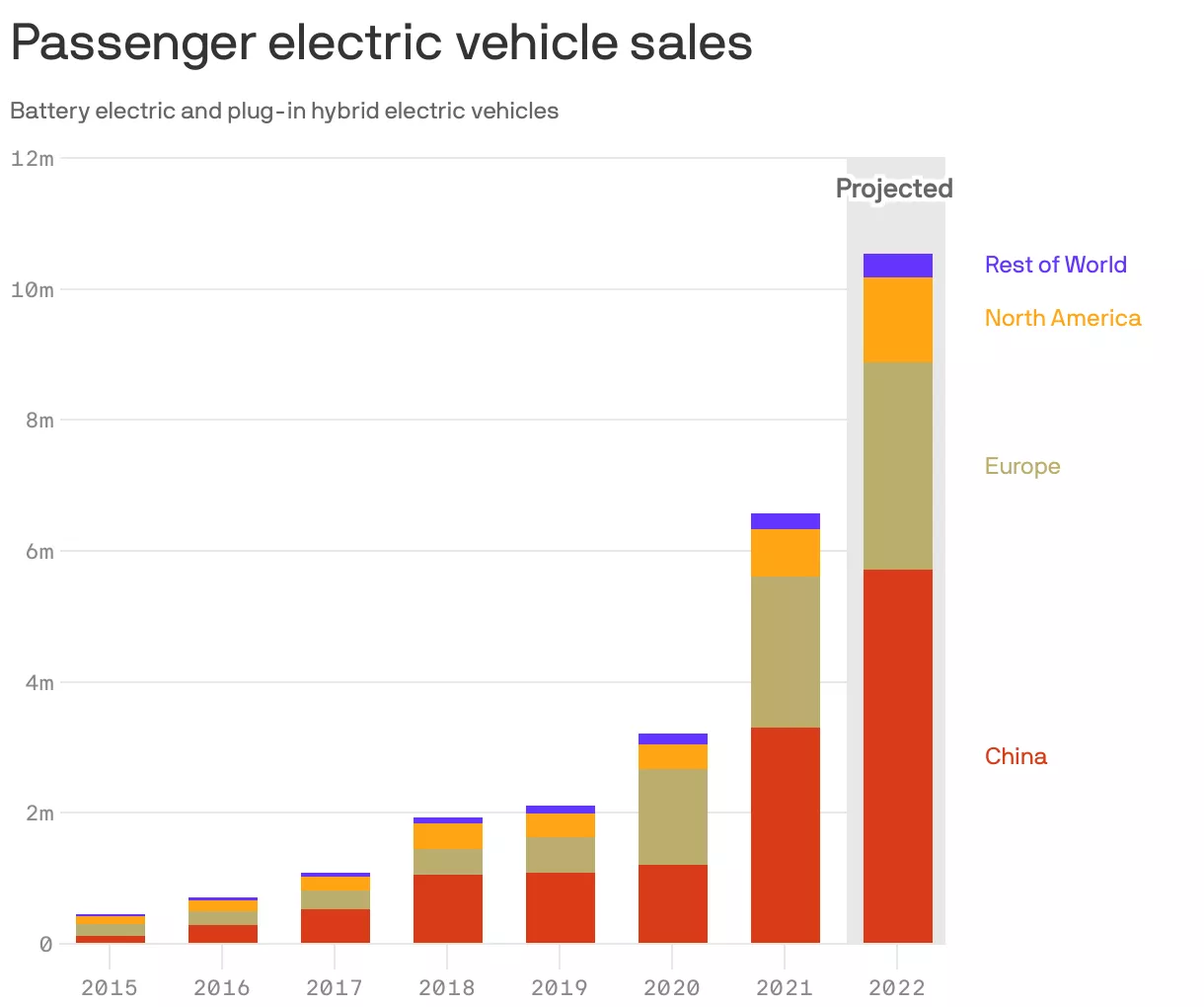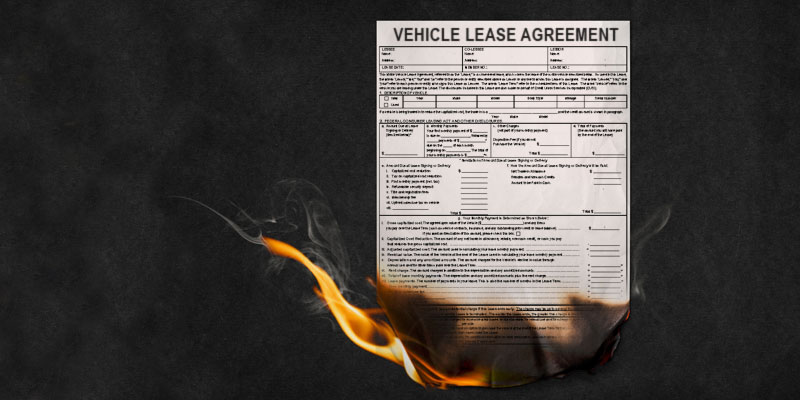In February of 2022, Spring Free EV announced a new and affordable way to scale EV fleet businesses. Spring Free EV’s EVInstaFleet is a financial program that streamlines the process of electrifying fleets. With EVInstaFleet, entrepreneurs have access to EVs through Spring Free EV’s network of vehicles to rent them out for profit.
EVInstaFleet is powered by a new Fintech asset called the Mileage Purchase Agreement (MPA), which became available in 2020. The MPA is designed specifically to accelerate the adoption of electronic vehicles by fleet managers. Different from a traditional purchase or lease, MPAs charge on a per mile basis instead of creating a payment plan that works against a total purchase price.
The shift essentially uncaps the earning potential for fleet vehicles, including those employed by the gig economy. It also reduces the risk, by lowering the payments in times when the vehicles remain parked.
It sounds too good to be true, right?
Well, it is that easy. To wrap your head around it, it may help to look at where it came from—SAAS. The same thought leaders who reshaped software sales to cloud computing and subscription based pricing are the architects behind this change—and the rapid increase in adoption.
Why MPAs Are The Auto Industry’s Answer to SaaS
Spring Free EV largely leads the effort behind creating and shepherding the MPA to market. The company is a rare example of when Silicon Valley investors couldn’t find a company to invest in, so they made one.
Founded by Sunil Paul, the founder of the 15 year old investment firm Spring Free Ventures, the Spring Free EV venture is backed by a number of Silicon Valley entrepreneurs and investors, including LinkedIn co-founder Reid Hoffman and Zynga co-founder Mark Pincus.
These leaders are solving modern day challenges to adoption using the same playbook tech giants used to move the market away from painfully expensive enterprise sales to the quick wins world of value-based pricing and subscriptions.
And they are facing some of the same fear, uncertainty, and doubt as their predecessors.
In 1999, when Salesforce initially arrived on the playground shouting “No Software!,” big business shrugged. They genuinely believed there was no way software that was simple to buy and own could run their big, complex businesses. They believed this was only for small businesses.
Today, that tune has changed. We realize that steep prices dramatically affect adoption. We learned that by affording more companies the opportunity to acquire software, we unleashed innovation. We created a larger market by simply letting more organizations in.
The no-software SaaS market that had no-chance in 2000 is currently growing by 18% each year. And adoption is ubiquitous with a whopping 99% of organizations using one or more SaaS solutions.
Why the MPA Is Good Business
Supply chain challenges aside, the electric vehicle market is beginning it’s explosive growth phase.

Electric vehicles are poised to become mainstream. Most car makers realized they need to be leaders not laggards in a world facing scarce petroleum resources. As a result, across the board the auto-industry is working toward shifting production to electric vehicles only by 2030.
Global sales of electric passenger vehicles are projected to surpass 10.5 million this year, about 4 million above 2021 levels. According to Allied Market Research, that number will skyrocket to $823 billion globally by 2030 at 18.2% CAGR.
Additionally and just as importantly, Spring Free EV has a bold mission to reduce CO2 emissions by one gigaton by 2030 starting with EVInstaFleet. Governments concerned about the environment and future complications to economies and stability rooted in petroleum scarcity are actively assisting in the industry’s transformation.
In the fall of 2021, a Bipartisan Infrastructure Bill passed with provisions to build “a convenient, reliable public charging network that can build public confidence, with a focus on filling gaps in rural, disadvantaged, and hard-to-reach locations.” This bill will spend over $5 billion to put us on the path to “a convenient and equitable network of 500,000 chargers and make EVs accessible to all Americas for both local and long-distance trips.”
Why Wait?
Most people recognize that electric vehicles are an inevitability. This is why we are seeing universal participation across the automotive industry even at this early of a date.
“The electric vehicle is fundamentally a better car. The number one obstacle is it costs more up-front…if we can remove that obstacle, it is going to unleash a huge wave of innovation.” – Sunil Paul
Just like cloud computing did.
